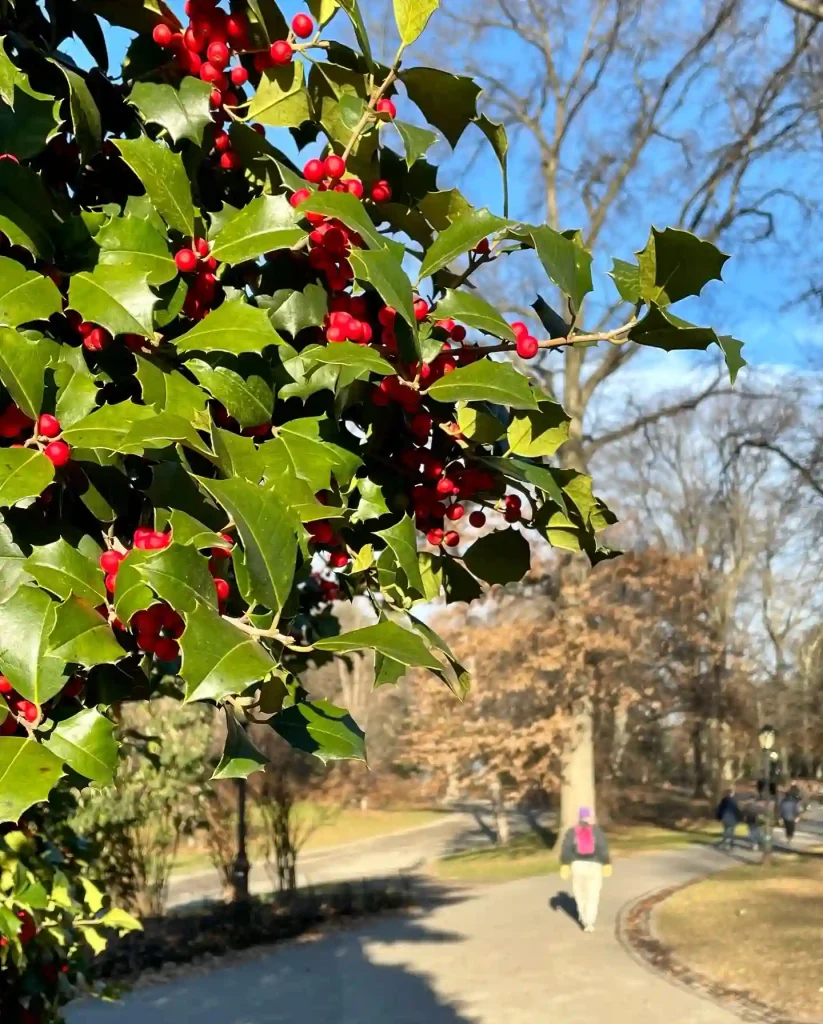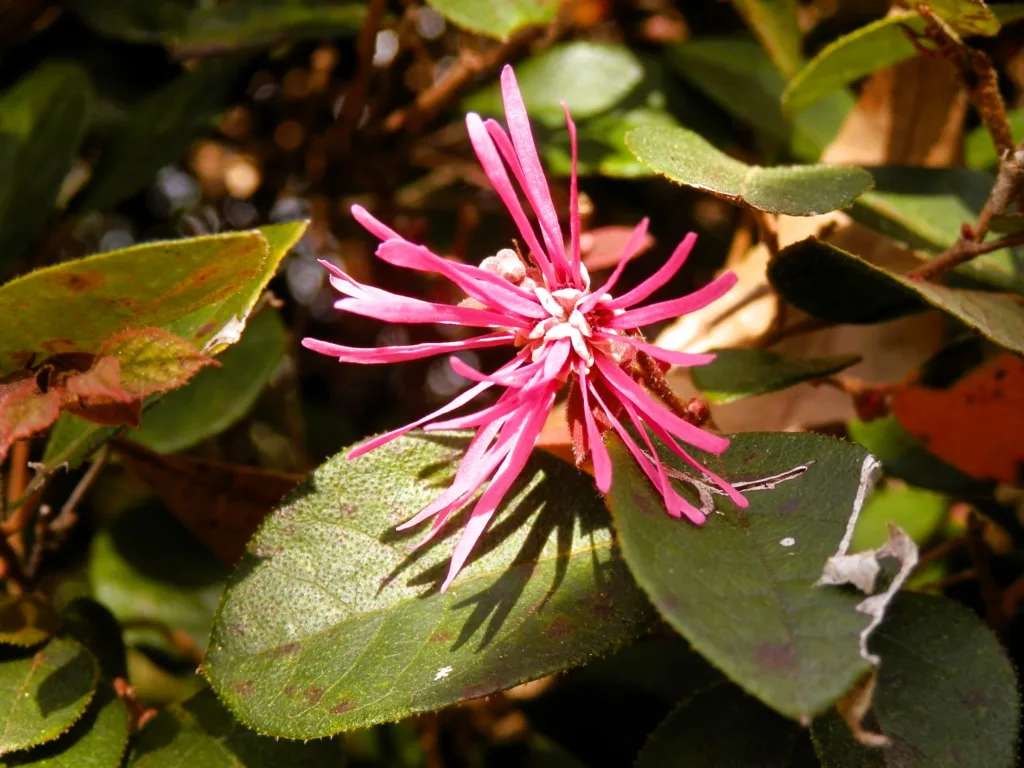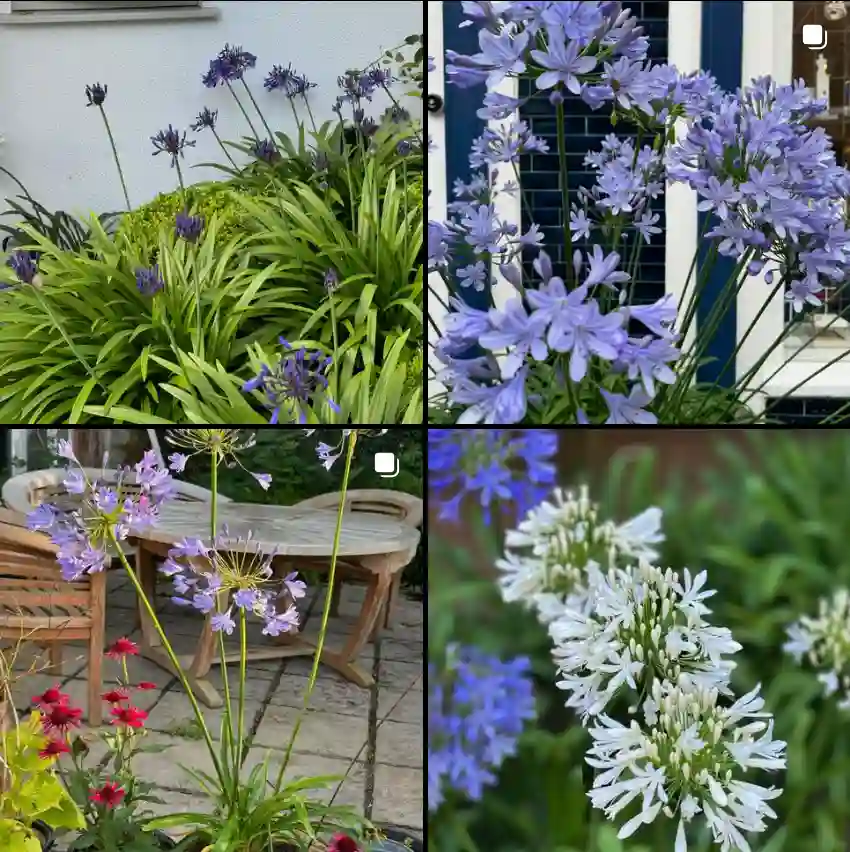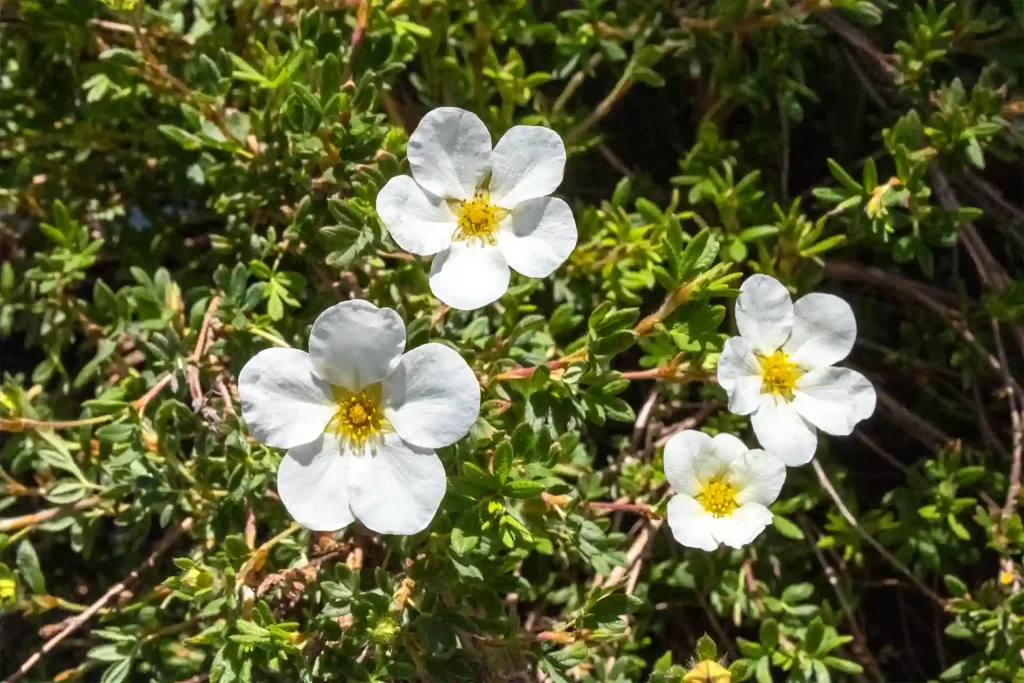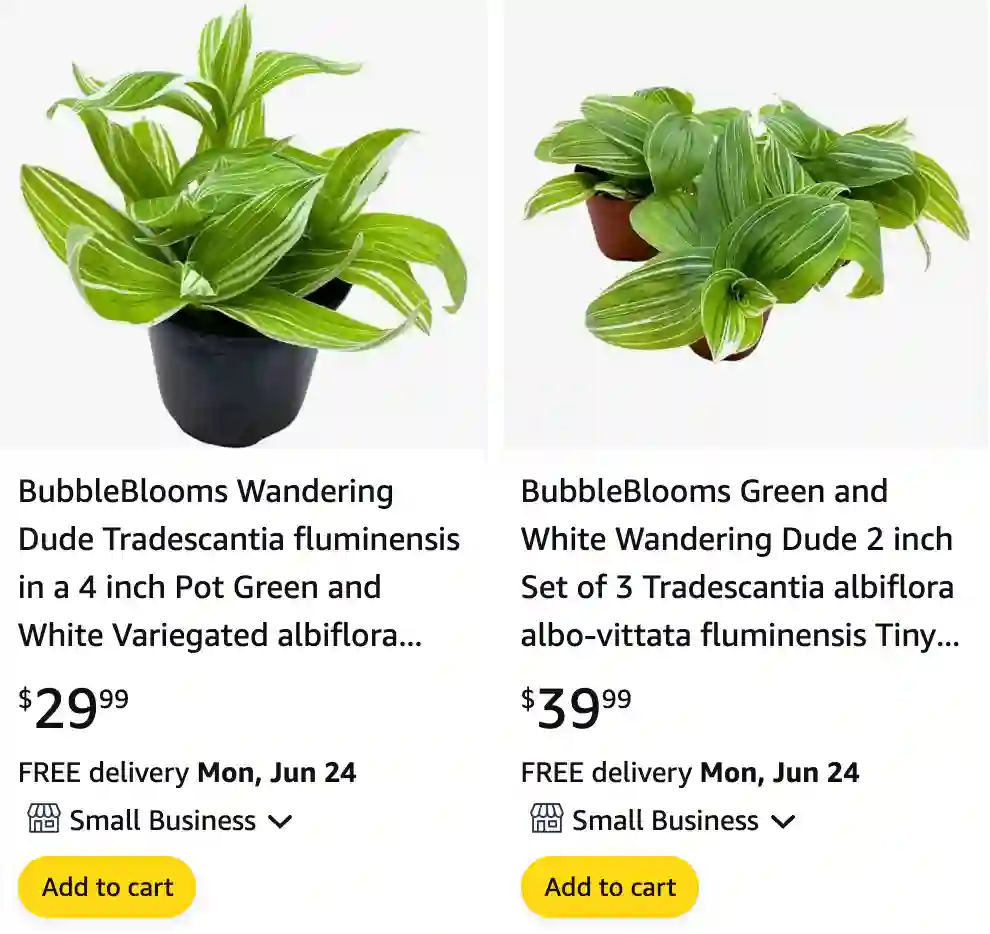
Tradescantia Albovittata: The Striking Striped Wonder – An FAQ by Ferb Vu
The Tradescantia Albovittata, a captivating houseplant with vibrant striped leaves, has stolen the hearts of many plant enthusiasts. But with its captivating beauty comes the responsibility of proper care. If you’re wondering if this is the right plant for you, or simply want to learn more about its needs, then this FAQ is for you!
86 Species in Genus Tradescantia
What is a Tradescantia Albovittata?
This beauty belongs to the Tradescantia family, known for their trailing vines and colorful foliage. The Albovittata, however, stands out with its stunning green leaves adorned with bold white stripes. It’s a hybrid of unknown origin, believed to be part of the Austrotradescantia subgenus.
Is Tradescantia Albovittata Easy to Care For?
Absolutely! The Albovittata is a dream for beginner plant parents. It thrives on neglect and requires minimal maintenance. Here’s a breakdown of its basic needs:
- Light: Bright, indirect light is ideal. Avoid harsh, direct sunlight, which can scorch the leaves.
- Water: Water when the top inch of soil dries out. Overwatering is a bigger threat than underwatering. Reduce watering in winter.
- Soil: Well-draining potting mix is crucial.
With these simple guidelines, your Albovittata will flourish.
How Much Light Does a Tradescantia Albovittata Need?
Direct sunlight is a no-no. The Albovittata prefers the gentle touch of indirect light. A bright north-facing window or a spot a few feet away from a south-facing window is perfect.
Tip: If the leaves start losing their vibrancy or become leggy, it might be getting insufficient light.
How Often Should I Water My Tradescantia Albovittata?
Here’s the finger test: Stick your finger into the soil. If the top inch feels dry, it’s watering time. Aim for consistent moisture, but avoid soggy soil.
Remember: underwatering is easily rectified, but overwatering can lead to root rot, a fatal condition.
What Kind of Soil Does a Tradescantia Albovittata Need?
A well-draining potting mix is essential. Opt for a mix specifically formulated for houseplants or create your own by combining potting soil with perlite or orchid bark for added drainage.
Pro Tip: A pot with drainage holes is crucial to prevent waterlogging.
Does Tradescantia Albovittata Need Fertilizer?
This easygoing plant doesn’t require frequent fertilization. A light feeding with a balanced fertilizer once a month during the growing season (spring and summer) is sufficient. Opt for a diluted solution to avoid burning the roots.
How Big Does a Tradescantia Albovittata Get?
The Albovittata is a vining plant with a moderate growth rate. In ideal conditions, it can reach lengths of 2-3 feet.
Can I Prune My Tradescantia Albovittata?
Absolutely! Pruning encourages bushier growth and keeps your plant in shape. Simply snip off leggy stems or remove any damaged leaves with sharp, sterilized shears. You can even propagate the cuttings to create new plants!
How Do I Propagate Tradescantia Albovittata?
This plant is a propagation champion! Here’s the easiest method:
- Take a stem cutting with at least 2-3 nodes (leaf junctions).
- Remove the lower leaves and place the cutting in water or a well-draining potting mix.
- Keep the soil or water moist but not soggy.
- Roots should develop within a few weeks. Once established, transplant the new plant to its own pot.
Tradescantia Albovittata vs. Zebrina: What’s the Difference?
Both the Albovittata and Zebrina (Tradescantia zebrina) are popular houseplants with striped leaves. Here’s a quick comparison:
- Leaves: Albovittata has green leaves with prominent white stripes, while Zebrina has purple undersides to its leaves with prominent silver stripes on top.
- Light: Both prefer bright, indirect light.
- Growth Habit: Albovittata has a vining growth habit, while Zebrina can be bushier.
Ultimately, the choice depends on your preference. Both are beautiful and relatively easy to care for.
Is Tradescantia Albovittata Toxic to Pets?
Unfortunately, yes. The Albovittata, like most Tradescantia varieties, is mildly toxic to pets if ingested. Keep it out of reach of curious cats and dogs.
Common Tradescantia Albovittata Problems and Solutions
Problem: Leaves turning brown or yellow
- Cause: Possible culprits include underwatering, overwatering, or excessive light.
- Solution: Check the soil moisture. If dry, water thoroughly. If soggy, allow the soil to dry out completely before watering again. Adjust light exposure if necessary.
Problem: Leaves losing variegation (stripes)
- Cause: Insufficient light is the most likely culprit.
- Solution: Move the plant to a brighter location with indirect light.
Problem: Leggy growth
- Cause: Lack of light can cause the plant to stretch out in search of light.
- Solution: Increase light exposure. You can also prune the leggy stems to encourage bushier growth.
Problem: Mealybugs or spider mites
- Cause: These are common houseplant pests.
- Solution: Isolate the plant and treat it with insecticidal soap or neem oil solution.
Tip: Regularly inspect your Albovittata for signs of pests and diseases. Early detection is key for effective treatment.
Additional Tips for a Thriving Tradescantia Albovittata
- Humidity: While not strictly necessary, moderate humidity can benefit your Albovittata. Group it with other plants or use a pebble tray filled with water to increase humidity levels.
- Temperature: This adaptable plant thrives in average room temperatures between 65-75°F (18-24°C).
- Repotting: Repot your Albovittata every 1-2 years or when it outgrows its current pot. Choose a pot that’s only slightly larger than the previous one.
With a little TLC, your Tradescantia Albovittata will reward you with its vibrant beauty for years to come. So, if you’re looking for a low-maintenance houseplant with a touch of personality, look no further than this charming striped wonder!
If i die, water my plants!
